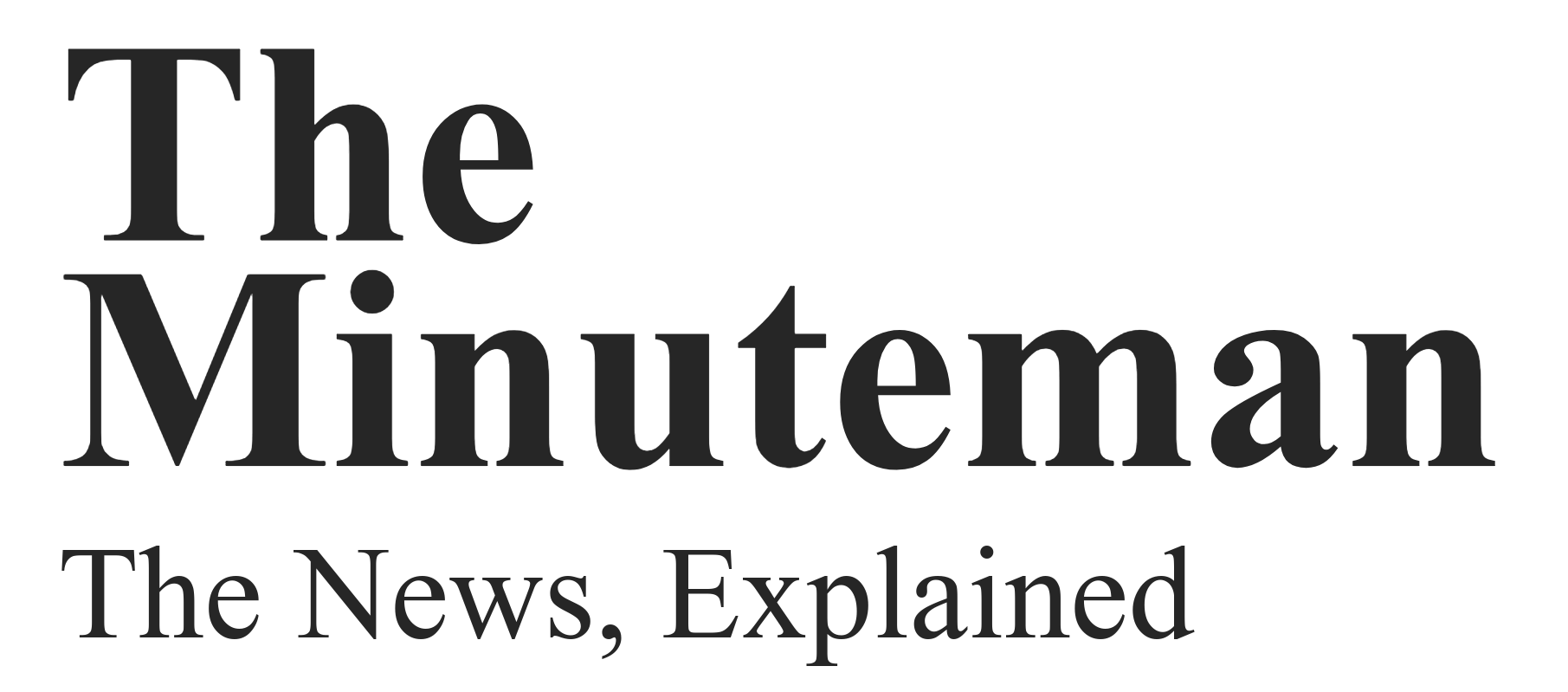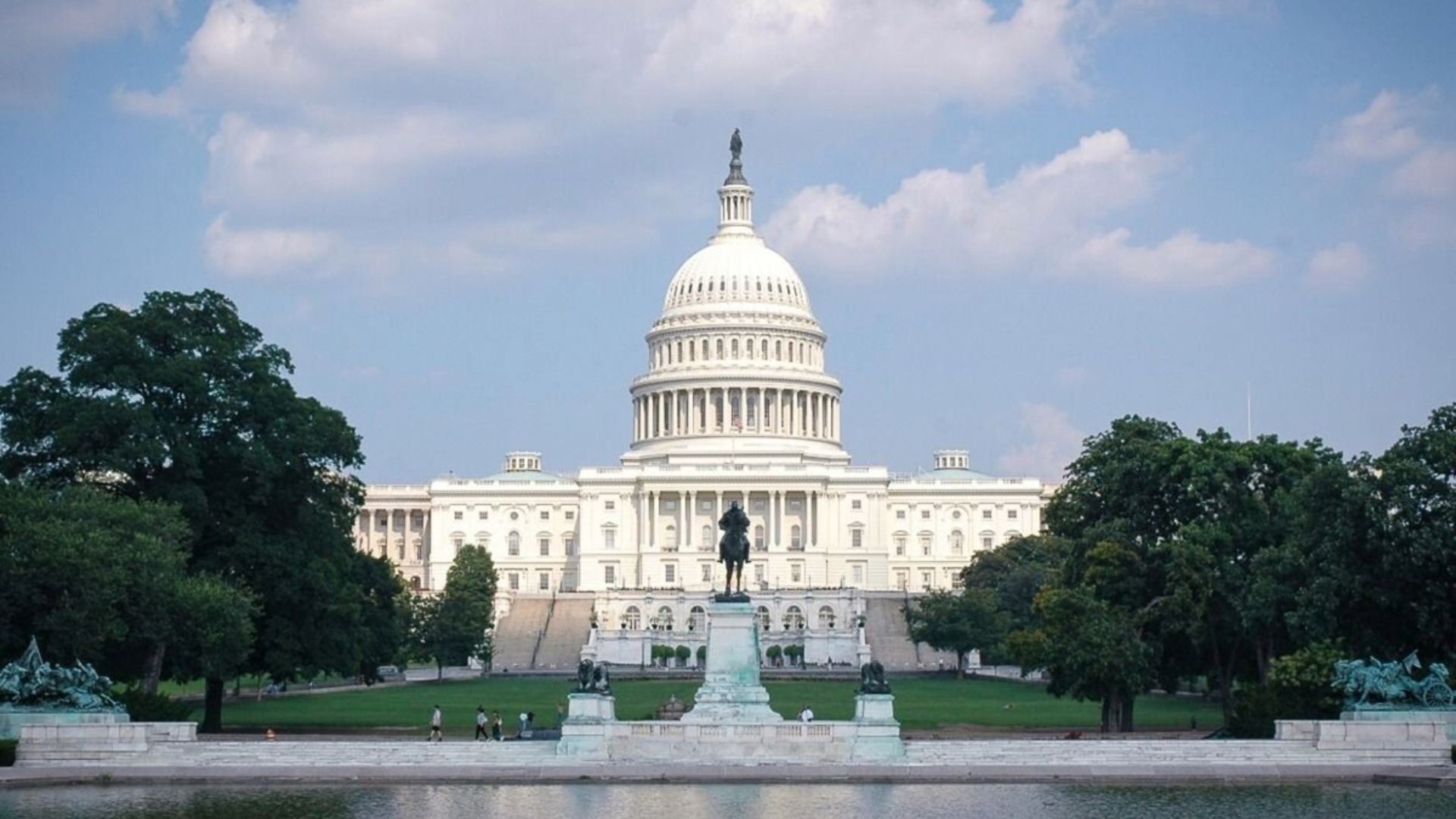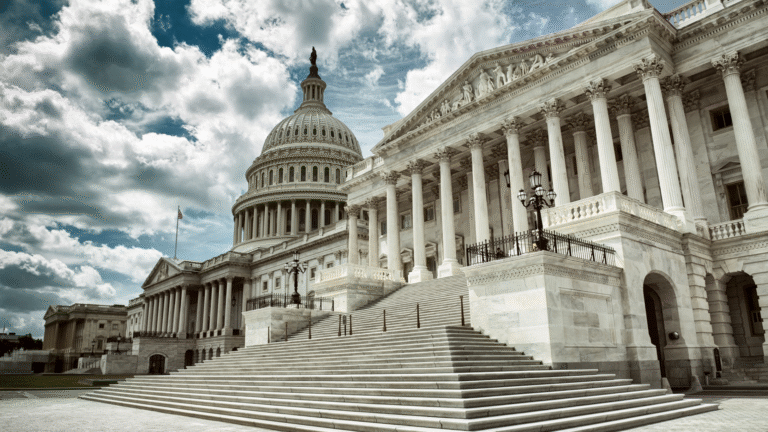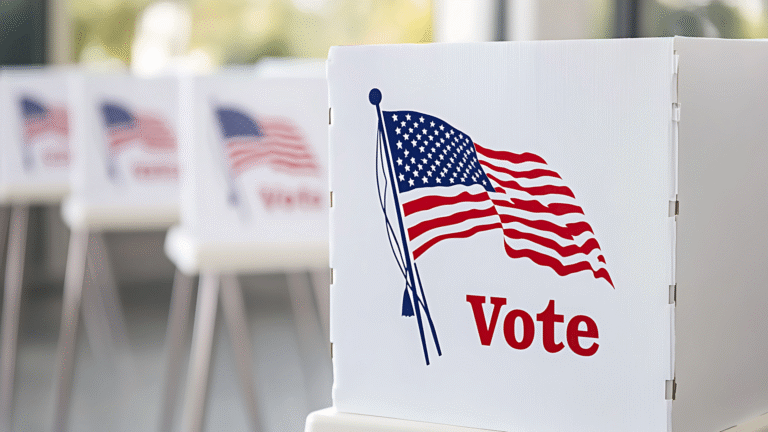How Washington Gets and Spends Its Money
An original article from Morristown Minute:
Do you know where your government gets its money? Do you know how it spends that money and how that impacts your taxes? Lets learn about how Washington gets and spends its money.
Taxes provide most federal income, non-tax receipts fill in gaps, and borrowing covers the rest; Congress and the President set the plan each year, and dollars flow out through “mandatory,” “discretionary,” and interest costs.
In the United States, the federal government’s money comes chiefly from taxes paid by households and businesses, along with smaller non-tax receipts; when that isn’t enough, the Treasury borrows. Congress writes — and the President signs — annual laws that authorize and appropriate spending. Most outlays support longstanding benefit programs, a smaller share funds annually approved agencies and defense, and a growing slice services the debt.
The big picture
Who decides? Congress and the President. The President proposes a budget, Congress passes a budget resolution and appropriations, and the President signs them; if lawmakers miss the deadline (October 1), they often use “continuing resolutions.” Reconciliation bills can also change taxes and mandatory programs.
What is the budget? It’s the plan for collecting revenue and authorizing outlays. Spending is tracked as outlays (actual payments), not just obligations (promises).
When and where does the money move? The federal fiscal year runs October 1–September 30. Money the government collects flows into the Treasury’s General Fund and dedicated trust funds; Treasury then disburses payments.
Why these categories? Federal law distinguishes mandatory (driven by eligibility rules in permanent statutes), discretionary (set annually), and net interest (the cost of past borrowing).
How large is the flow? In FY 2024, total federal spending was about $6.8–$6.9 trillion, while receipts were about $4.9 trillion. (Different reputable sources round slightly differently.)
Where the money comes from:
1) Taxes (the mainstay)
- Individual income taxes are the largest single revenue source — roughly about half of all receipts in typical years.
- Payroll (Social Security and Medicare) taxes are the second-largest share (about one-third). These go into trust funds — Social Security’s OASI and DI, and Medicare’s HI and SMI — and are generally restricted to those programs. For 2025, Social Security taxes apply up to a $176,100 wage base (employer and employee each pay 6.2% for Social Security; each pays 1.45% for Medicare, with an extra 0.9% on high earners).
- Corporate income taxes contribute a smaller, cyclical share (often around a tenth of revenues).
- Other federal taxes and fees include excise taxes, estate and gift taxes, customs duties, and more.
2) Non-tax revenue (small but real)
Beyond taxes, the federal government collects money from leases of public lands and buildings, sales of natural resources, usage and licensing fees, and admissions (e.g., national parks). The government also receives earnings remitted by the Federal Reserve and other receipts. These are much smaller than taxes but help diversify revenue.
Common examples of non-tax revenue in public finance include fees, fines, royalties, dividends, interest, and rent — a broad category highlighted in many finance primers. (These are general concepts; the exact mix in the U.S. varies by year.)
3) Borrowing (when outlays exceed receipts)
In most recent years, spending has exceeded revenues, so the Treasury borrows by issuing Treasury bills, notes, and bonds — adding to the national debt held by the public and increasing interest costs. Borrowing is a standard tool governments use to meet needs across the business cycle.
Where the money goes: mandatory, discretionary, and interest
Mandatory (about ~60% of total spending in recent years)
- Social Security and major health programs — Medicare, Medicaid, CHIP, and Affordable Care Act subsidies — dominate this category. In FY 2024, Social Security alone accounted for roughly 21% (about $1.5 trillion) of federal outlays.
Discretionary (set annually)
- Congress allocates discretionary dollars each year; national defense typically receives over half of all discretionary funding, with the rest spread across transportation, education, housing, justice, science, environment, and other agencies. Supplemental bills may add funding mid-year for emergencies or new needs.
Net interest (fast-growing)
- Interest on the debt is one of the fastest-growing parts of the budget because of higher rates and accumulated debt. The Peterson Foundation notes the U.S. is spending more than $2.6 billion per day on interest, and interest’s share of the economy is projected to keep rising.
How the process works — and how dollars actually flow
- Formulation & approval. The President’s Budget (usually by early February) starts the discussion. Congress sets a framework in a budget resolution, then passes appropriations for discretionary accounts; reconciliation can adjust spending and taxes; continuing resolutions keep agencies open if regular bills aren’t finished on time.
- Execution. Agencies obligate funds (e.g., signing contracts or awarding grants), but official totals focus on outlays (cash paid out). Outlays are what you see in spending tallies.
- Cash management. The government’s receipts go to the General Fund or to dedicated trust funds (for Social Security and Medicare). Treasury makes payments nationwide — everything from benefit checks to contractor invoices — drawing on those accounts.
Typical “shape” of the federal budget
- Revenues: dominated by individual income and payroll taxes, with corporate taxes and other taxes/fees making up the rest. Non-tax receipts (Fed remittances, fees, royalties, leases, admissions) are comparatively modest. In FY 2024, total receipts were about $4.9 trillion.
- Outlays: the largest lines are Social Security and health programs (mandatory), followed by defense and other agencies (discretionary), plus net interest. Total outlays were about $6.8–$6.9 trillion in FY 2024.
- Deficit & debt: when outlays exceed receipts, the deficit is financed with Treasury borrowing, which raises interest costs in future budgets.
Why this matters locally
For residents and businesses in Morristown and across New Jersey, federal dollars arrive in many forms: retirement and health benefits, defense paychecks and contracts, research grants, transportation funding, and more. While the mix changes, the core mechanics above — taxes + non-tax receipts + borrowing → outlays through mandatory, discretionary, and interest — explain how federal money reaches people and projects on the ground.
Quick glossary
- Outlays: Actual cash payments by the government (the key measure of “spending”). Obligations are promises to pay later.
- Mandatory spending: Spending determined by existing law (e.g., Social Security, Medicare, Medicaid).
- Discretionary spending: Annual appropriations (e.g., defense, education, transportation, housing).
- Trust funds: Accounts with dedicated revenue, notably Social Security and Medicare.
- General Fund: The Treasury’s main account for most federal receipts and payments
For more information:
- U.S. Treasury, America’s Finance Guide — Spending & Revenue explainers (definitions; mandatory vs. discretionary; trust funds; outlays). Fiscal Data
- Peter G. Peterson Foundation, Understanding the Federal Budget — 2024 totals; revenue mix; payroll tax details; interest trends; budget process. Peterson Foundation
- Center on Budget and Policy Priorities, Policy Basics: Where Do Our Federal Tax Dollars Go? — 2024 composition (e.g., Social Security ~21%, ~$1.5T). Center on Budget and Policy Priorities
- National Priorities Project, Federal Budget 101: Revenues — plain-language overview of tax types and borrowing. National Priorities Project
- U.S. Treasury, Accounting & Budget FAQs — revenue sources list; fiscal year; General Fund. U.S. Department of the Treasury
- TurboTax primer — consumer-oriented overview of where taxes go (useful for cross-checking categories). TurboTax
- Finance primers on non-tax revenue (definitions and examples: fees, fines, royalties, dividends, interest, rents). EquentisMotilal Oswal
Editor’s note: Figures reflect the latest available data from each cited source as of August 21, 2025; totals may round differently across sources.
This article was originally posted on MorristownMinute.town.news – a local news source for Morristown, NJ residents and a subsidiary of The Minuteman.







